Name Nari Ward | ||
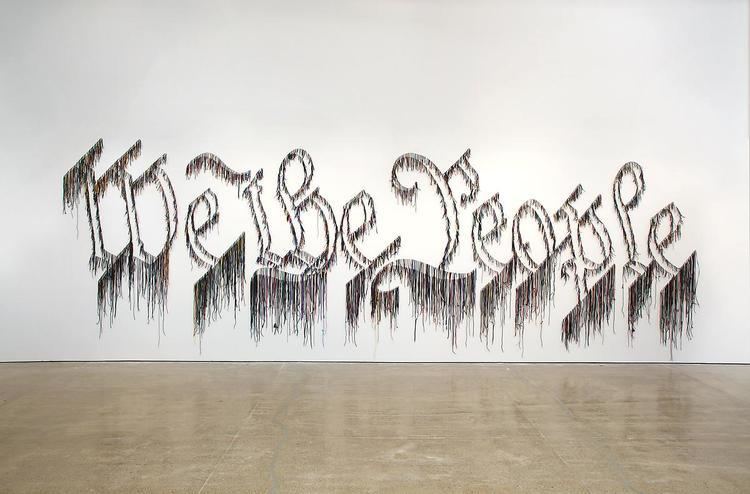 | ||
Books Nari Ward: the refinery x : a simple twist of fate, Nari Ward Awards Guggenheim Fellowship for Creative Arts, US & Canada | ||
Nari Ward - A Segue into History
Nari Ward (born 1963 in St. Andrew, Jamaica) is an artist based in New York City. Nari Ward received a BA from Hunter College, CUNY in 1991 and a MFA from Brooklyn College, CUNY in 1992. His work is often composed of found objects from his neighborhood, and "address issues related to consumer culture, poverty, and race". He has a wife and two kids. Noemi Ward his wife, Nira Ward his daughter, and his son Zendon Ward.
Contents
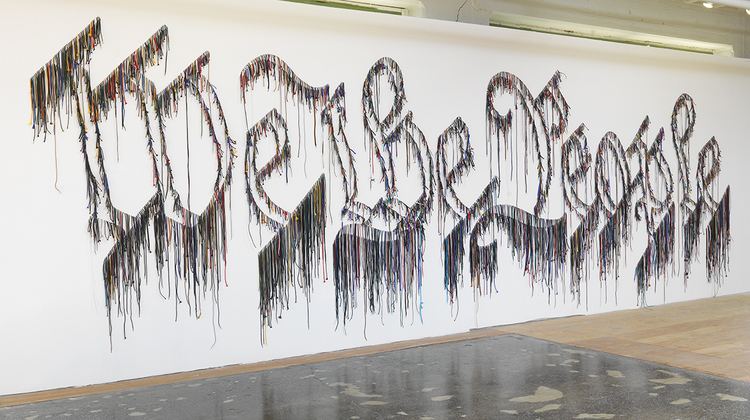
Ward was included in the 2006 Whitney Biennial in New York and Documenta XI in Kassel (2003), and his works have been exhibited at the New Museum of Contemporary Art in New York, the Walker Art Center in Minneapolis, and the Museum of Contemporary Art in Detroit. Recent solo exhibitions include Episodes at the Isabella Stewart Gardner Museum in Boston, The Refinery X: A small twist of fate at the Palazzo delle Papesse-Centro Arte Contemporanea in Siena, Italy, and Rites of Way at the Walker Art Center in Minneapolis. Ward received commissions from the United Nations and the World Health Organization, and Awards from the American Academy of Arts and Letters, the National Endowment for the Arts, New York Foundation for the Arts, John Simon Guggenheim Foundation, and the Pollock Krasner Foundation.
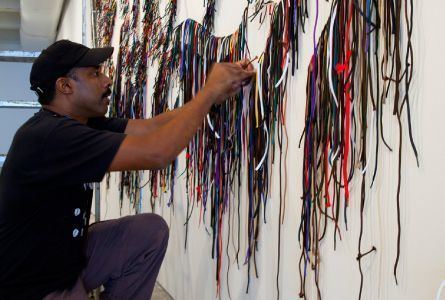
Interview de nari ward
Career
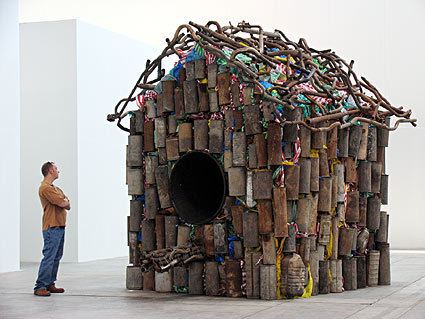
Nari Ward has shown in solo and group exhibitions around the globe. In 2011, he had have a solo exhibition at the Massachusetts Museum of Contemporary Art entitled Nari Ward: Sub Mirage Lignum. His installation filled all of the museum's second floor and investigated transformative spaces that straddle the division between leisure and work. In the previous year he exhibited in a solo exhibition at Lehmann Maupin Gallery and was part of Contemplating the Void: Interventions in the Guggenheim Rotunda curated by Nancy Spector and held at the Guggenheim Museum. Other notable exhibitions include Prospect.1, New Orleans (2009); Whitney Biennial at the Whitney Museum of American Art, New York (2006); Documenta XI, Kassel, Germany (2002); a solo exhibition entitled Nari Ward's Rites-of-Way in the Minneapolis Sculpture Garden, Walker Art Center, Minneapolis, MN; a solo exhibition entitled Episodes at the Isabella Stewart Gardner Museum in Boston (2002); and a solo exhibition entitled The Refinery X: A small twist of fate at the Palazzo delle Papesse-Centro Arte Contemporanea in Siena, Italy (2006).
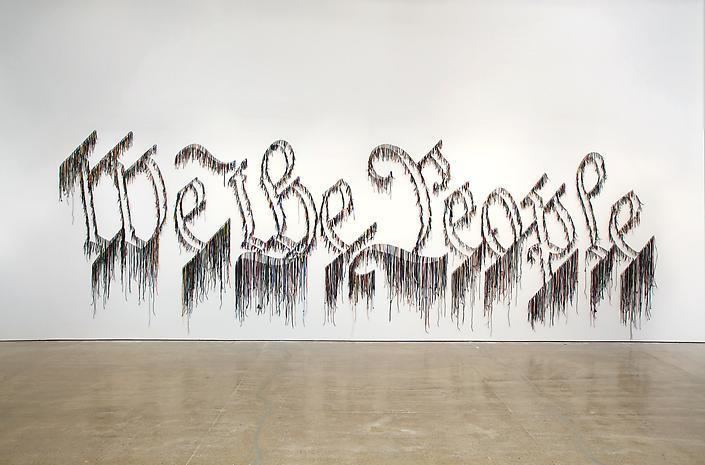
Nari Ward is the recipient of numerous awards including the American Academy of Arts and Letters' Willard L. Metcalf Award (1998), Pollock Krasner Foundation grant (1996), The National Endowment for the Arts (1994), and the John Simon Guggenheim Fellowship (1992). He has also participated in the Studio Museum in Harlem's Artist-in-Residence program
Installations
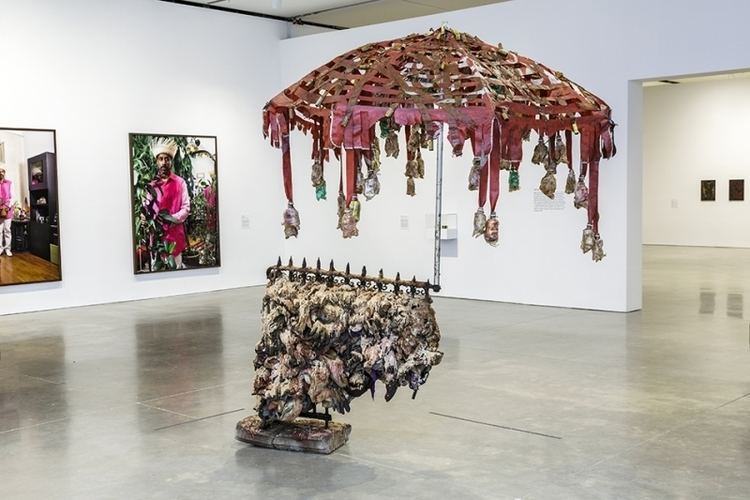
Amazing Grace, 1993
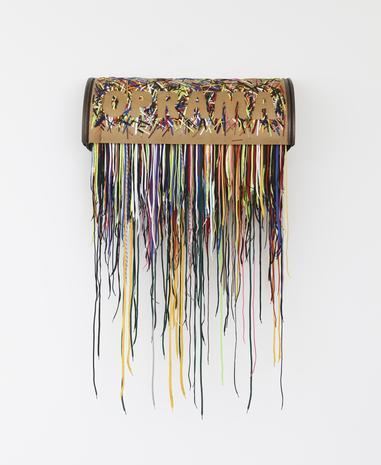
Nari Ward’s First exhibition and creative installation, Amazing Grace, at the New Museum (located in the Museum’s Annex) is part of a larger multi-level exhibition at the Museum entitled NYC 1993: Experimental Jet Set , Trash and No Star. The exhibition is composed mostly of found objects, trash, discarded objects, and other mixed media amalgamations. Ward fits into this exhibition, and the discourse surrounding it perfectly as a New York Based, mixed media artist who typically uses locally found objects to approach issues such as consumer culture, poverty, and race. For this installation Ward collected a myriad of disposed, or otherwise abject children’s strollers in Harlem as well as other neighborhoods in Manhattan. There might have been 100-150 strollers involved in the installation, all of which had seem to have aged and dated to match the theme of the exhibition. Ward sets up an oval path through these strollers in a kind of nostalgic lap through these long forgotten remnants of every American raised individual’s childhood. Ward uses fire hoses connected by knots as the path and has a rendition of “Amazing Grace” sung by gospel singer Mahalia Jackson playing on repeat. The bluesy version of this national anthem sets the mood for what can only be described as a nostalgically thought provoking stroll through strollers.
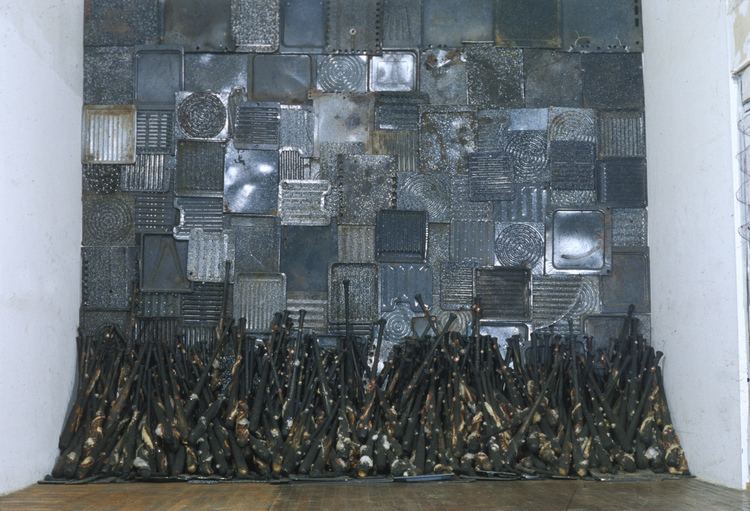
Mango Tourist, 2011
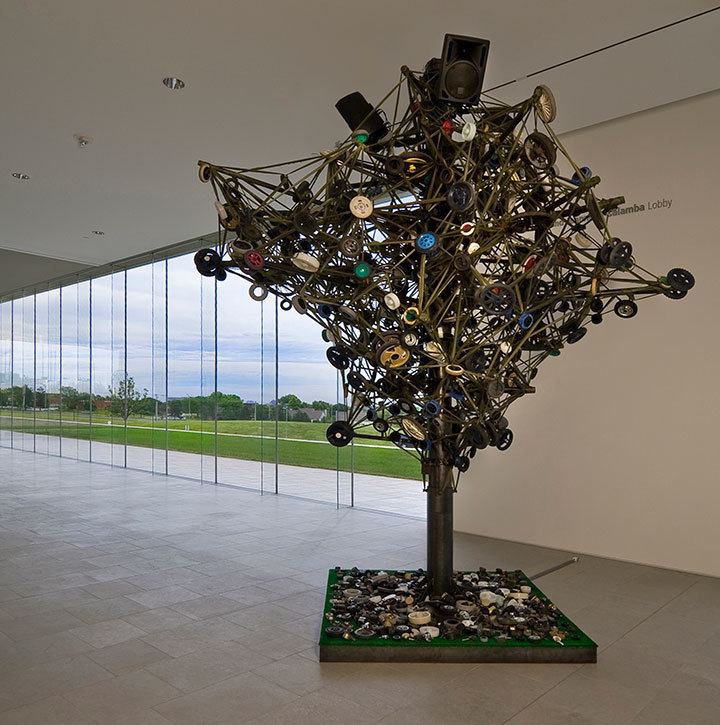
Using found objects and materials collected from his urban neighborhood, Nari Ward creates sculptural installations that subvert the original purpose of the items shown. From previous works such as Palace LiquorsouL (2010), Ward rearranges the letters of the title in a neon liquor store sign, illuminating only “S-O-U-L”, leaving the remaining letters unlit and upside down. Though there were unexpected compositional arrangements, Ward enacts a transformation of everyday objects into visual markers rich with symbolic and narrative implications.
We The People 2011
In keeping with Ward’s practice, this is trash made important, rigorously employed to new purposes while retaining it’s recognizable form. What if every old shoelace was used to rewrite the U.S. Constitution? Would that make shoelaces too valuable to throw away or lose? Could one tiny shift in the culture of shoelace usage change our society? These are the questions that surface while contemplating Ward’s work: those that move from mundane to existential, from the dreamscape to the newspaper headline. There’s something frightening about Blue Rung (2008). Materials are listed as wooden ladder, metal gate, shoe tips, plastic, bug-zapper and blue pigment. The viewer can make out the items on the list, but their familiarity has been translated through the occult. Deep blue pigment echoes with the fluorescent blue of the bug-zapping bulb, a beacon from across the gallery floor. It’s embedded halfway up a mean and crusted cage made from the type of metal gate used to close old-fashioned elevators. Perhaps Blue Rung is a ruin still glowing, or perhaps it’s a ceremonial object, a cage one could stand in to get transported to another dimension, an elevator to the spirit world. Ward’s objects send the imagination to many different places. He can be seen as a surrealist as much as a conceptual artist in that assemblages remix the familiar to reveal its latent meanings. Ward’s objects are political because they are made from the refuse of our time and place. These materials are our trash, produced by and for (and discarded by) the people who are governed under current interpretations of the U.S. Constitution.
Sun Splashed
Nari Ward: Sun Splashed is the largest survey of the artist’s work to date. Emerging alongside a notable group of black artists in New York City in the 1990s, Nari Ward (b. 1963 in St. Andrew Parish, Jamaica) actively engages with local sites—their histories, communities, and economies—to create spectacular, ambitiously scaled artworks out of unlikely materials. He derives inspiration from his immediate environment, incorporating found objects gathered in and around urban neighborhoods and embracing varied cultural references. Working in sculpture, collage, photography, video, installation, and performance, Ward captures the makeshift qualities of everyday life and imbues his production with a visceral relationship to history and the real world. The exhibition includes artworks made from soda pop, shoelaces, shopping carts, and a fire escape, materials that speak to the artist’s distinctive experimentation. Nari Ward: Sun Splashed focuses on vital points of reference for Ward, including his native Jamaica, citizenship, and migration, as well as African-American history and culture, to explore the dynamics of power and politics in society.
